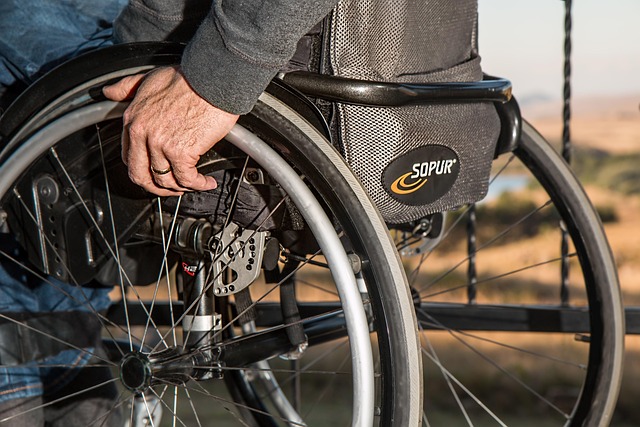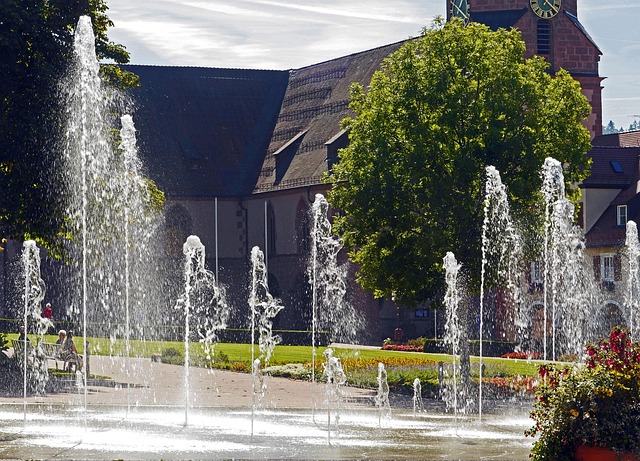Revitalizing Urban Spaces: A Green Guide to Environmental Rehabilitation
In today’s fast-paced world, the rapid urbanization can often overshadow the essence of nature, leaving our cities feeling lifeless and disconnected from the environment. However, there is hope for rejuvenating these urban landscapes through urban rehabilitation. This green guide aims to inspire city dwellers to embrace eco-friendly practices, transform their surroundings, and foster a harmonious relationship with nature.
The Importance of Environmentally Friendly Urban Spaces
As urban areas continue to expand, preserving and enhancing the natural environment becomes crucial. Not only do green spaces improve air quality and reduce heat islands, but they also promote biodiversity and enhance the overall well-being of communities. Imagine stepping out your door into a vibrant landscape filled with trees, flowers, and bustling wildlife. This can become a reality through thoughtful urban rehabilitation efforts.
Gardening: A Step Towards Greener Cities
Starting a garden, no matter how small, is one of the most impactful ways to participate in urban rehabilitation. Community gardens can transform vacant lots, bringing people together while providing fresh produce and beautiful blooms. Even creating a balcony garden or tending to plants in a windowsill can make a significant difference. The act of nurturing plants not only benefits the environment but also instills a sense of peace and connection to nature in urban settings.
Embracing Eco-Friendly Practices
Urban rehabilitation isn’t just about adding greenery; it’s also about adopting sustainable practices that reduce our ecological footprint. Here are some eco-friendly habits to incorporate into everyday life:
- Reduce, Reuse, Recycle: Minimize waste by recycling materials and finding new uses for items.
- Support Local: Purchase from local farmers’ markets and businesses to reduce transportation emissions and support the local economy.
- Use Green Transportation: Opt for walking, biking, or using public transportation to lessen the impact of car emissions.
Nature as a Community Connector
Creating shared green spaces can serve as a catalyst for community building. Parks, green roofs, and street gardens not only beautify neighborhoods but also foster social interactions. Organizing clean-up days or planting events can strengthen community bonds while encouraging residents to take pride in their environment. When people unite for a common cause like restoring nature, they cultivate relationships, deepen their connection to place, and enhance the urban experience.
Transforming Urban Landscapes
Seeking inspiration from successful urban rehabilitation projects can ignite ideas for your own neighborhood. Cities around the world are prioritizing green initiatives, revitalizing old spaces, and integrating nature into urban planning. From New York’s High Line to Seoul’s Cheonggyecheon Stream, these examples showcase the transformative power of adding green elements to concrete jungles. They remind us that even in the most developed areas, nature can flourish if given a chance.
Let us reclaim our urban spaces and foster an environment where both nature and communities can thrive. Together, through dedicated efforts in urban rehabilitation, we can create a greener, more sustainable future for our cities.




